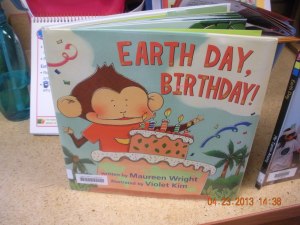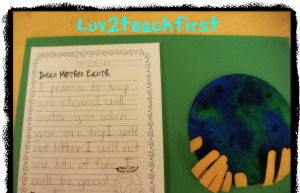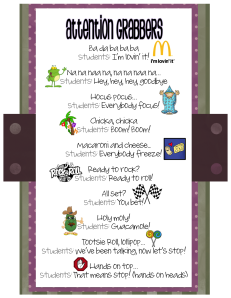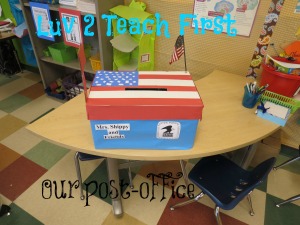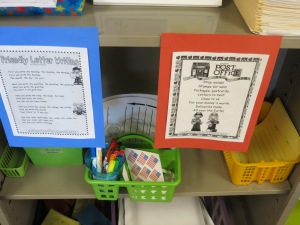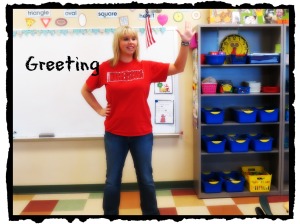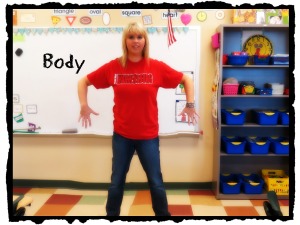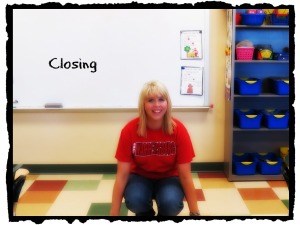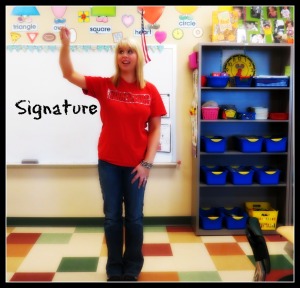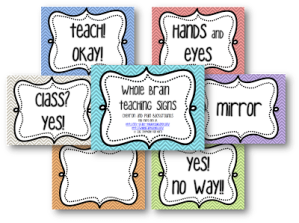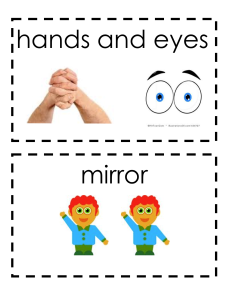Whole Brain Teaching Introduction PDF Review
“Coming together is a beginning, keeping together is progress, working together is success.”-Henry Ford
Whole Brain Teaching has allowed my students to truly work together in the learning process. Whole Brain teaching allows them to experience success as a learner. Coach Biffle’s new whole brain teaching pdf was a huge success in my classroom!
Chris Biffle , one of the co-founders of Whole brain teaching developed a PDF for teachers to use in their classroom as a Whole Brain Teaching Introduction or refresher. It guides the students through the basics of whole brain teaching: class-yes, hands and eyes, teach-okay, mirror, and the scoreboard. In the lesson, the students get to take a trip to Whole Brain College, where they get to participate throughout the program.
My first graders from Warrensburg, Missouri were very engaged during the process. The bright colorful graphics and having them perform as a play really sparked their interest. This was a great review for my students on what whole brain teaching should look and sound like. They were especially excited to be going to Whole Brain College!!
During the teach-okay portion of the pdf, my students were able to recall all 5 portions. They were very enthusiastic in teaching the different components. They were smiling and having fun and using big, gestures. There was a 100% engagement in my classroom! Throughout the course of the day my students excelled with whole brain learning. They were very attentive, engaged, focused and on task throughout the day.
This document was an excellent review for my students, but would also be great to use the first week of school! My students said that their favorite part was reading the blue sections, so they knew exactly what to do and were able to remember all of the parts of WBT. Next school year, I plan to start with this PDF as an introduction to the basics of Whole Brain Teaching.
To download the PDF go to wholebrainteaching.com
The link is…
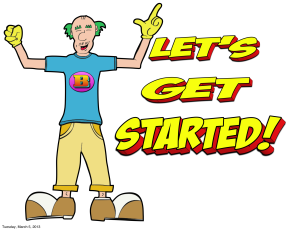 Graphic: Copyright Chris Biffle 2013
Graphic: Copyright Chris Biffle 2013
